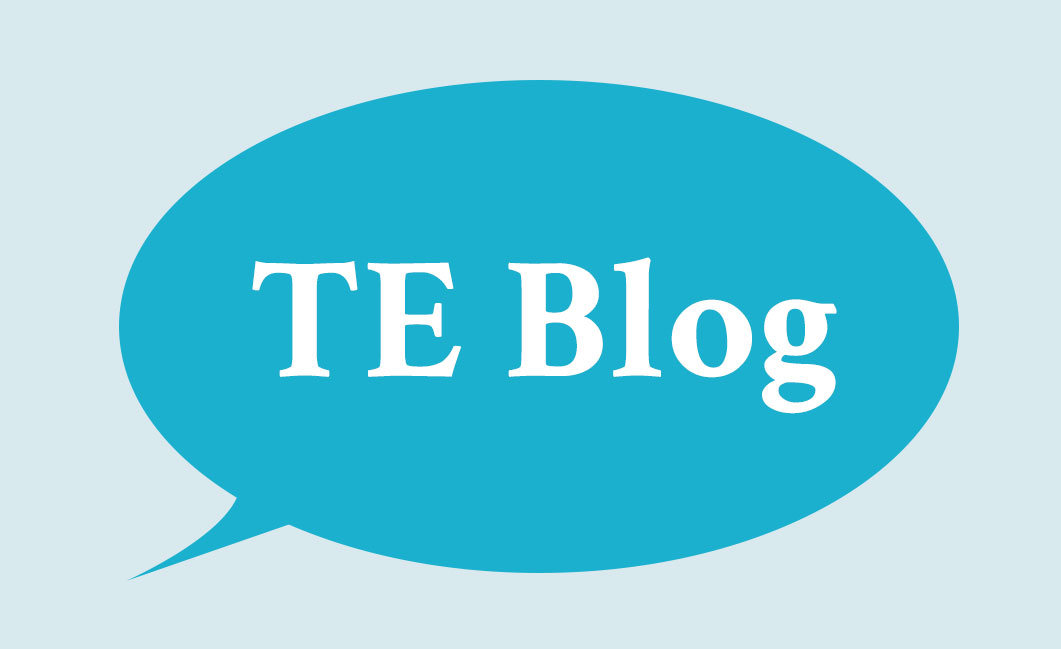Introduction to APA Style Tables
Tables function as a supplement to your content and are considered nonessential and separate elements from your paper. This means several things: your reader should be able to understand your paper without looking at your table, your paper must refer to and briefly discuss the table within the narrative, and the reader must be able to look at the table and understand it without reading your text. To that end, all abbreviations must be defined within the table and all probability values should be defined and easily located by the reader.
Where to Place Your Table Per APA Style
The location of your tables will depend on the specifications given by your instructor. Per APA, tables can appear in the back matter after references (before figures and appendices) or within the body of your text. If placing a table within the body of the text, position it as close as possible to where you refer to it in the text. If possible, do not have your table span more than one page.
Tables from Another Source
If your table is from another source or based on information from another source, you must cite this source below the table. Below your table, write “Note.” followed by any descriptive notes, if applicable, and then provide the source information. Note that the format for citing a table differs slightly from the APA reference list. The format is as follows:
Note. Descriptive note. Adapted from Title of Book (p. xx), by F. M. Author and C. D. Author, year, Place of Publication: Publisher. Copyright year by the Name of Copyright Holder. Adapted [or Reprinted] with permission.
Table Formatting Tips
Take into consideration the following points when formatting your table:
- Numbering: Tables are numbered with sequential Arabic figures: Table 1, Table 2, and so on. Do not number your tables with references to chapter number or with letters (i.e. Table 2.4).
- Title: The title of each table appears below the table number. The title should be flush left, in italics, title cased, and not bolded, underlined, or in quotation marks. For example, this will appear directly above your table:
Table 1
Participants’ Income by Age Bracket and Gender
- Font choice: Text in your table should be Times New Roman. Numerical data should be in a Sans Serif (such as Arial) font. Table font size should be 12 point, though the font for the header and any notes may be 10 or 12 point.
- Gridlines: APA tables never use vertical lines. Horizontal lines are the only lines permitted, and they should appear below column headings and the table itself. Do not use a full table grid to produce your table—instead, use Word’s table function to hide all vertical lines.
- Column alignment: Each column should be aligned. You may align columns by decimal point, commas, or number places. Note that each column with numerical data should be displayed consistently: use the same number of decimal places and unit of measurement for each column. Each column heading should have a brief and title.
- Spacing: Your table may be single-spaced or double-spaced, but consistency across all tables in your paper is required. The optional “note” that appears below your table should be single-spaced.
- Notes: To provide additional information, including explanatory details and probability notes, add a line below the table that begins with “Note.” Asterisks may be used to indicate which findings are statistically significant.
Below is an example of a properly formatted table, which has been reprinted from APA’s blog.
Additional Resources
Your APA manual will be an excellent resource for how to format specific types of tables that you may encounter. Purdue’s OWL website has helpful information on overall table formatting, as well as how to set up common types of data in a table, including regression and ANOVA tables.
Need Professional Help Designing or Formatting Tables?
Our team of formatting experts is available to format or design your tables per APA style. Feel free to call or email us at any time to discuss how we can help you.
Call 857-600-2241
Email: info@thesis-editor.co.uk < Self-Care During COVID-19 EndNote: An Introduction >

